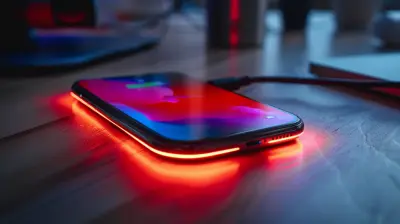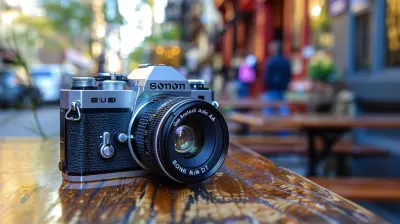Advanced Wearable Devices for People with Disabilities: Empowering Independence
9 July 2025
Let’s get real for a second — technology isn't just about shiny gadgets and futuristic dreams anymore. Nope, it's about real impact, real people, and making lives better in jaw-dropping ways. Enter advanced wearable devices for people with disabilities. These little game-changers are flipping the script, ditching limitations, and giving independence a high-tech upgrade.
Say goodbye to the days when disabilities automatically meant dependence. With smart solutions wrapped around their wrists, strapped to their bodies, or even integrated right into clothing, individuals with disabilities are now living life on their own terms — with boldness, style, and yes, total sass.
Buckle up, friend. It’s time we dive deep into this revolution and see how wearable tech is not just fashionable, but phenomenally empowering.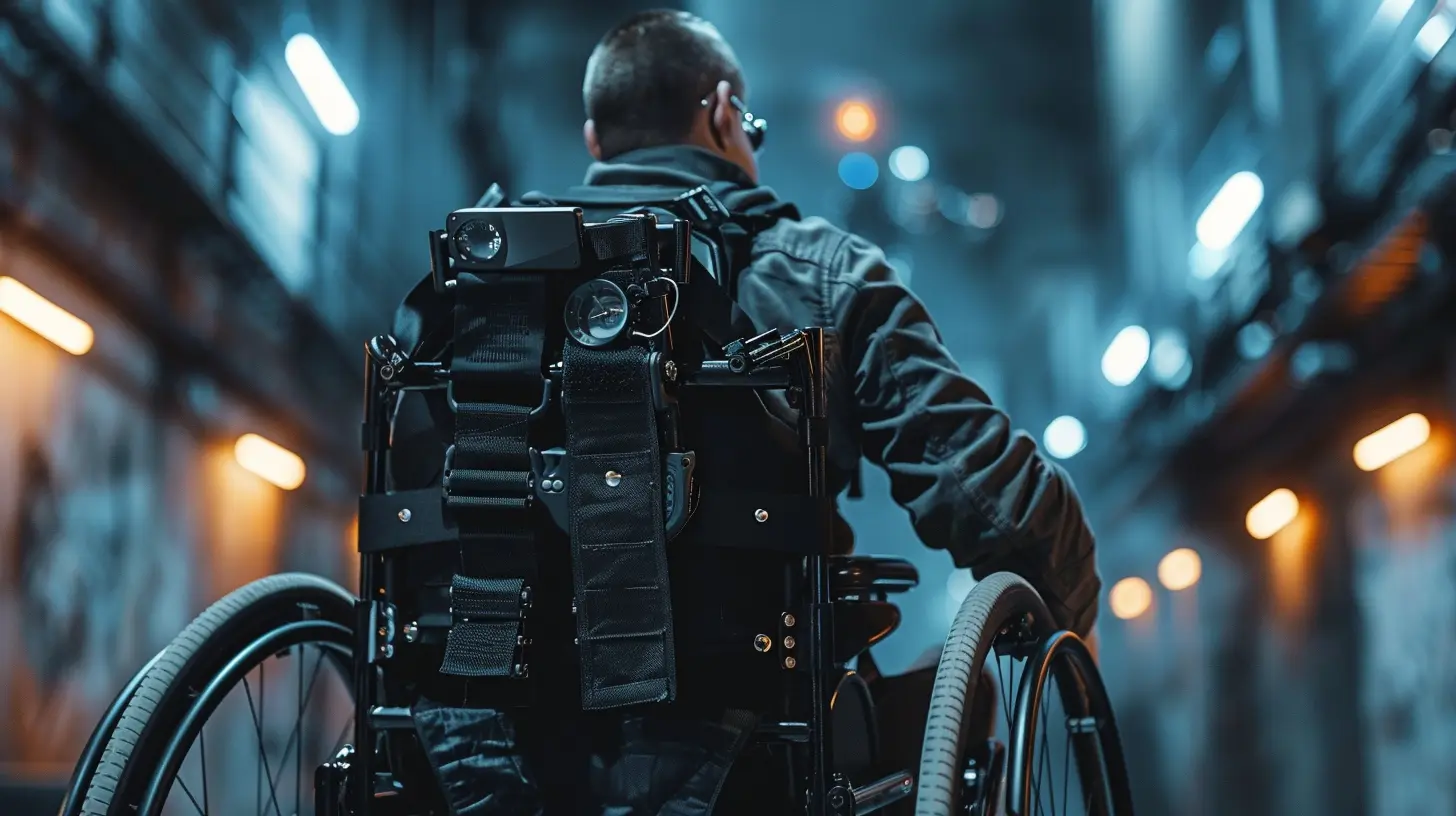
The Power of Wearables: Not Just Fancy Fitness Trackers
Before you go picturing just Fitbits and Apple Watches, let’s pump the brakes. Sure, those count, but the world of assistive wearables is so much bigger, smarter, and cooler.Think artificial vision for the blind, real-time captioning for the deaf, wearable robotics for mobility, and even smart clothes that send health alerts. These aren’t pipe dreams. These are the new reality.
What’s the goal here? Independence, baby. Freedom to live, move, communicate, and thrive — without constantly needing assistance.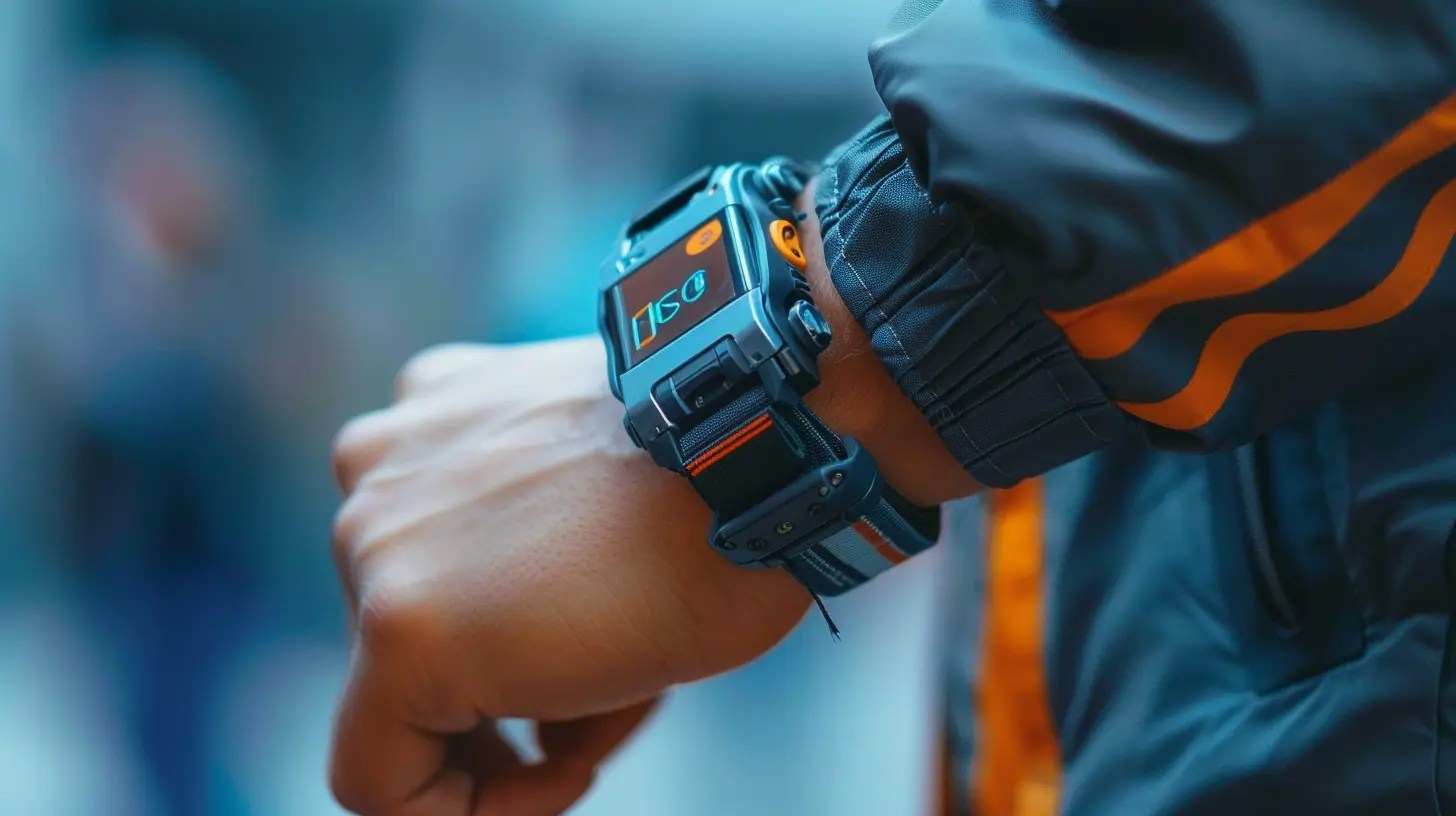
Why Wearables? Because Phones Can't Do Everything
Yeah, we’re all glued to our phones. But when your hands aren't free, when you can't hear the phone ring, or even when you're unable to interpret traditional notifications — smartphones just don’t cut it.Wearables step into the game like the MVPs they are.
They’re:
- Hands-free
- Real-time
- Non-intrusive
- Always on (or can be)
- Personal and customized
And they’re doing spectacular things for people with both physical and cognitive disabilities.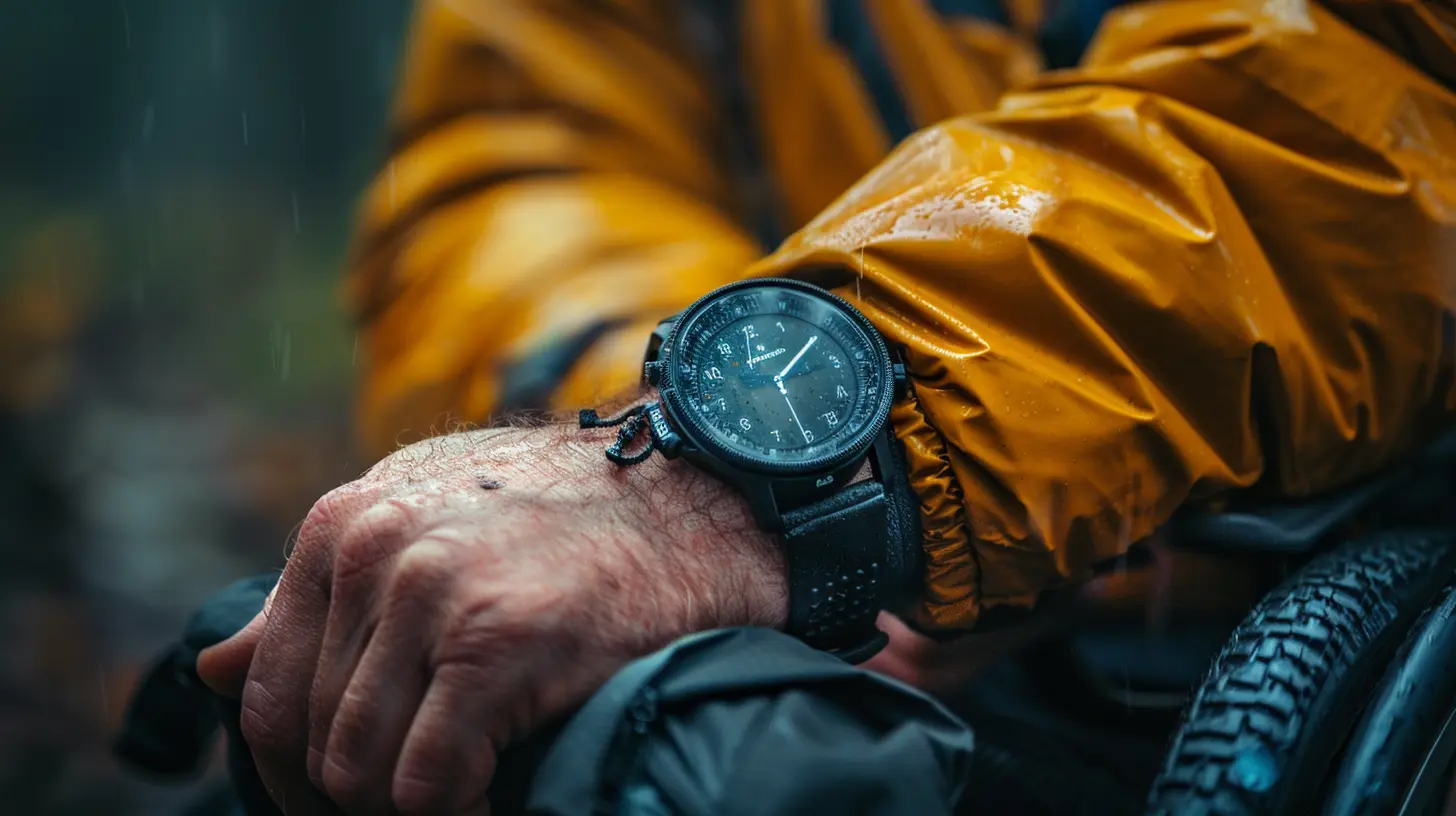
Game-Changing Wearables Dominating the Scene
Let’s break down the heavy hitters that are genuinely changing lives — not just making headlines.1. Brain-Computer Interfaces (BCIs): Reading Thoughts, Literally
Okay, this isn’t sci-fi — it's science FACT. BCIs let users control devices with their minds. Seriously.These gadgets detect brainwave patterns and translate them into commands. For people with paralysis, ALS, or other motor impairments, that means moving a wheelchair, typing, or communicating without lifting a finger.
Brands like Neurable and NextMind are leading the charge here. The tech is growing fast, and it's gaining speed faster than your uncle's rants at Thanksgiving dinner.
2. Smart Glasses & AI Vision: Eyes When You Need Them
Imagine glasses that can describe your surroundings, read text aloud, or recognize faces. That’s not imagination — that’s the OrCam MyEye or Envision Glasses.These sleek little wearables can:
- Read signs and books aloud
- Recognize familiar faces
- Identify money notes
- Help navigate unfamiliar places
For the visually impaired, that’s nothing short of revolutionary. It’s like having a super-powered bestie whispering helpful tips in your ear 24/7.
3. Haptic Feedback Wearables: Feel the World Differently
If you haven’t heard of haptics, think of it like touch-based communication. Vibrations, taps, pulses — all signaling different types of info. For those with hearing impairments or sensory processing challenges, this can be a whole new language.Devices like:
- Neosensory Buzz (converts sound into vibrations)
- E-Skin wearables (smart shirts and wristbands)
- Haptic suits used in gaming, now adapted for sensory input
They all give users the ability to “feel” sound, direction, or even emotion. Whoa, right?
4. Wearable Exoskeletons: Robo-legs, but Way Cooler
Need a little extra help walking? Cue the wearable exoskeleton — a robotic frame that supports movement, balance, and posture.Used by folks with spinal cord injuries, muscular dystrophy, or stroke recovery, exoskeletons like ReWalk, Ekso Bionics, and SuitX literally help people get back on their feet.
Mobility, without the wheelchair. Independence, without compromise. (And yes, they definitely look like something out of Iron Man — how cool is that?)
5. Real-Time Subtitling & Translation Wearables
For individuals who are d/Deaf or hard of hearing, communication can often feel like a one-way street. Not anymore.Enter smart glasses and earbuds like:
- XRAI Glass
- AVA
- Google’s Live Transcribe + Pixel Buds
These wearables transcribe conversations in real-time and even translate different languages. Imagine chatting with anyone — anytime — without reading lips or asking for repeats. It's not just communication; it's connection.
6. GPS + Safety Wearables
Let’s not gloss over how important safety is — especially for those with cognitive disabilities, autism spectrum disorder, or memory conditions like dementia.GPS-based wearables like:
- AngelSense
- Project Lifesaver
- Jiobit Smart Tag
These track location, offer geo-fencing alerts, and even have SOS buttons for emergencies. Peace of mind? Yeah, it's wearable now.
7. Assistive Smart Textiles: Clothing That Cares
Smart clothes are no longer just for fashion geeks. These are intelligent fabrics embedded with sensors that can monitor:- Heart rate
- Muscle activity
- Temperature
- Posture
They notify users (and caregivers) if something’s off — like a seizure, high stress, or risk of falling.
Brands like Sensoria, Xenoma, and Myant are making outfits that protect, support, and remind. Think Iron Man’s suit — minus the missiles but keeping all the smarts.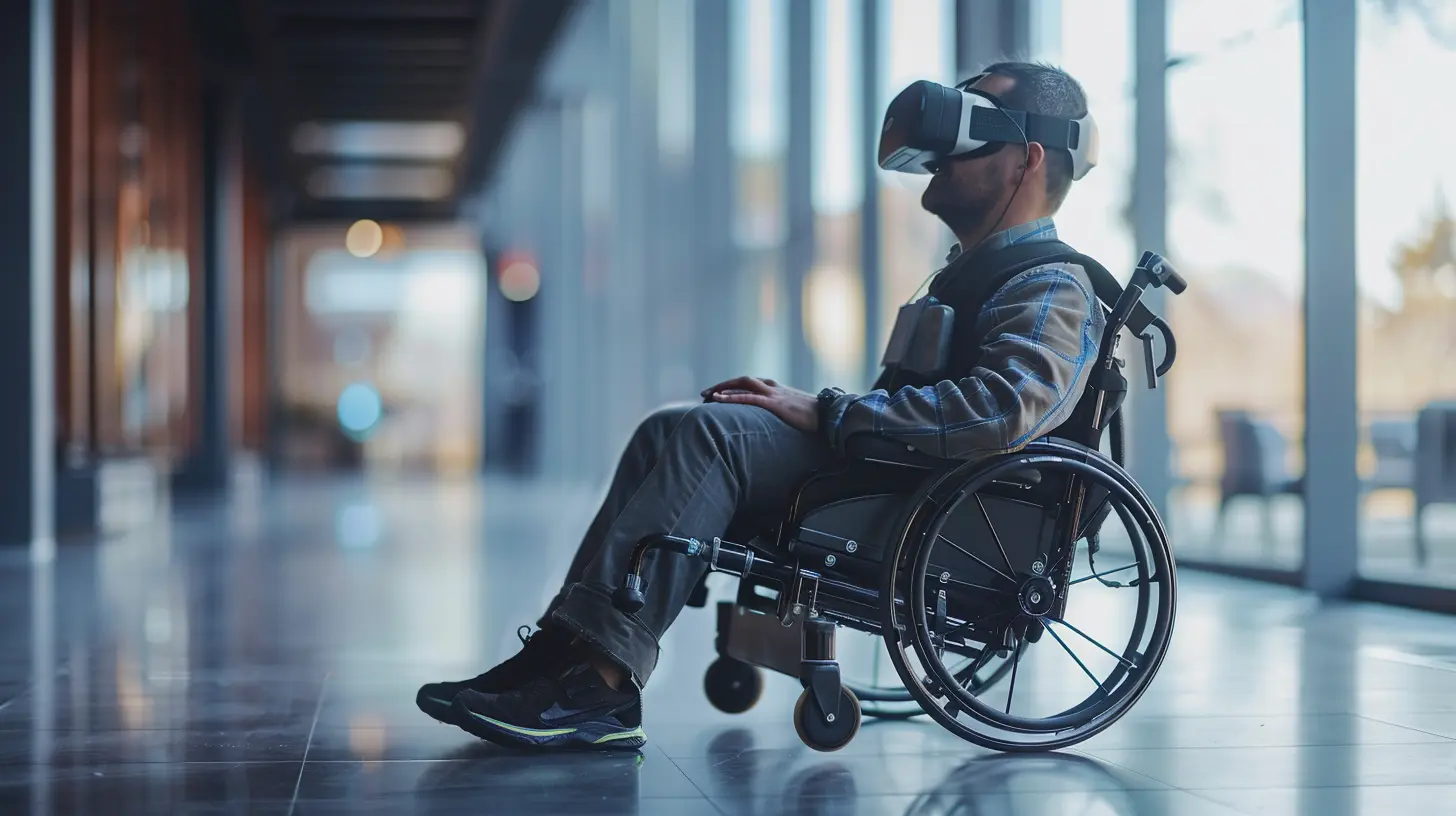
Living Freely: The Real Impact of These Devices
Alright, let's get deep for a second.These wearables aren’t just cool. They’re life-altering. We're talking about:
- Regaining mobility
- Expressing thoughts and feelings
- Exploring the world independently
- Avoiding medical emergencies
- Feeling seen, heard, and in control
That’s huge. For individuals with disabilities, the transformation isn’t just physical. It’s emotional. It’s social. It’s psychological.
It’s about finally having the autonomy to say, “I got this,” and actually mean it.
Challenges? Yep. But Progress is Blazing Ahead
Let’s be honest — wearable tech isn’t all unicorns and glitter bombs. There are still bumps in the road:- Affordability: These gadgets aren’t cheap.
- Accessibility of design: Not every device fits every body or condition.
- Training & usability: Some require tech-savvy that not everyone has.
But here's the good news — the world is catching on. More developers are finally designing with inclusion in mind. More funding is flowing into assistive startups. And awareness? Oh, it's skyrocketing.
The Future: Smarter, Smaller, Even More Inclusive
Think we’ve peaked? Not even close.Here’s what’s cooking in the wearable tech kitchen:
- AI-powered predictive alerts — for seizures, anxiety attacks, falls
- Implantable sensors — ultra-discreet assistive tools
- Augmented reality for remote therapy and training
- Mind-controlled prosthetics (yes, really)
- Universal Design Standards to ensure wearables work for everyone
The goal? Zero limitations. Maximum freedom.
So, What’s the Bottom Line?
Advanced wearable devices are flipping the script for people with disabilities. They’re re-writing the rules of what accessibility looks like, erasing limitations like white-out on old-school thinking.This isn’t just about helping people “cope” — it’s about empowering them to conquer.
Whether it’s smart glasses helping someone read again, an exoskeleton enabling someone to walk, or haptic wearables giving sound a new form — the message is clear: Independence is back in style.
And best believe — it’s here to stay.
Final Thoughts: Let’s Keep Pushing the Envelope
Tech isn’t meaningful unless it makes lives better. And in the realm of disabilities, wearable tech is doing just that — one sensor, one signal, one life-changing feature at a time.So, whether you're a developer, consumer, caregiver, or just someone who loves flashy gadgets that do good — now's the time to pay attention. The wearable revolution isn't coming.
It’s already here. And it’s beautifully unstoppable.
all images in this post were generated using AI tools
Category:
Wearable DevicesAuthor:

Michael Robinson
Discussion
rate this article
2 comments
Jonah Hodge
This article highlights groundbreaking wearable technology that enhances daily living for individuals with disabilities, promoting independence and improving quality of life. It's exciting to see innovation driving inclusivity and empowerment!
October 21, 2025 at 3:38 AM

Michael Robinson
Thank you for your insightful comment! I'm glad you found the article on wearable technology and its impact on independence and quality of life for individuals with disabilities inspiring.
Corinne McGivern
This article beautifully highlights how advanced wearable technology is transforming the lives of individuals with disabilities. It's inspiring to see innovations that not only enhance independence but also promote inclusion and empowerment in daily life.
July 20, 2025 at 3:51 AM

Michael Robinson
Thank you for your thoughtful comment! I’m glad to hear the article resonated with you and reflects the positive impact of wearable technology on enhancing independence and inclusion.
